What is the difference between a fish farm and a fishery?
Ever felt confused by the terms "fish farm" and "fishery"? You're not alone. Many people use them interchangeably, but they represent two very different ways of bringing fish to our tables.
A fish farm, also known as aquaculture, is the practice of raising fish in controlled environments like tanks or enclosures. In contrast, a fishery is an area where fish are caught in the wild, whether it's in the ocean, a river, or a lake. One is farming; the other is hunting.
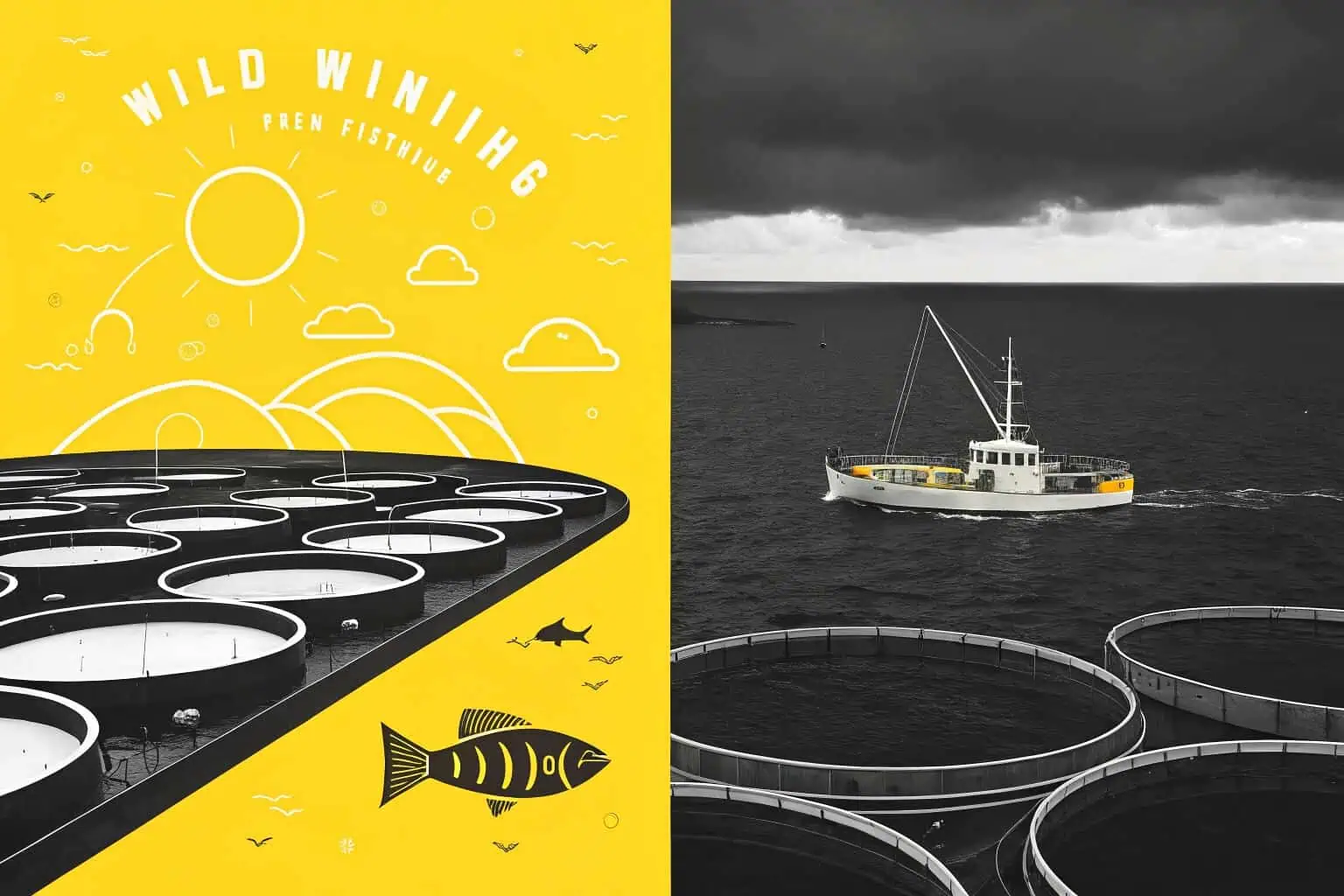
As someone who has spent years in the aquaculture and fisheries sector, I've seen the ins and outs of both worlds. It's fascinating how these two fields, both centered around fish, operate on completely different principles. One involves nurturing life in a controlled setting, much like a farmer tends to crops. The other is about understanding and working with the wild, unpredictable rhythms of nature. Let's dive deeper into what sets them apart, so you can better understand where your seafood comes from.
Are fisheries the same as fish farms?
Have you ever wondered if the salmon you're buying was raised or caught? This question gets to the heart of a common mix-up. It's easy to think they're the same, but they are fundamentally different.
No, fisheries are not the same as fish farms. A fishery involves harvesting wild fish from their natural habitats, while a fish farm involves cultivating fish in man-made environments. Think of it as the difference between gathering wild berries and planting your own berry patch.
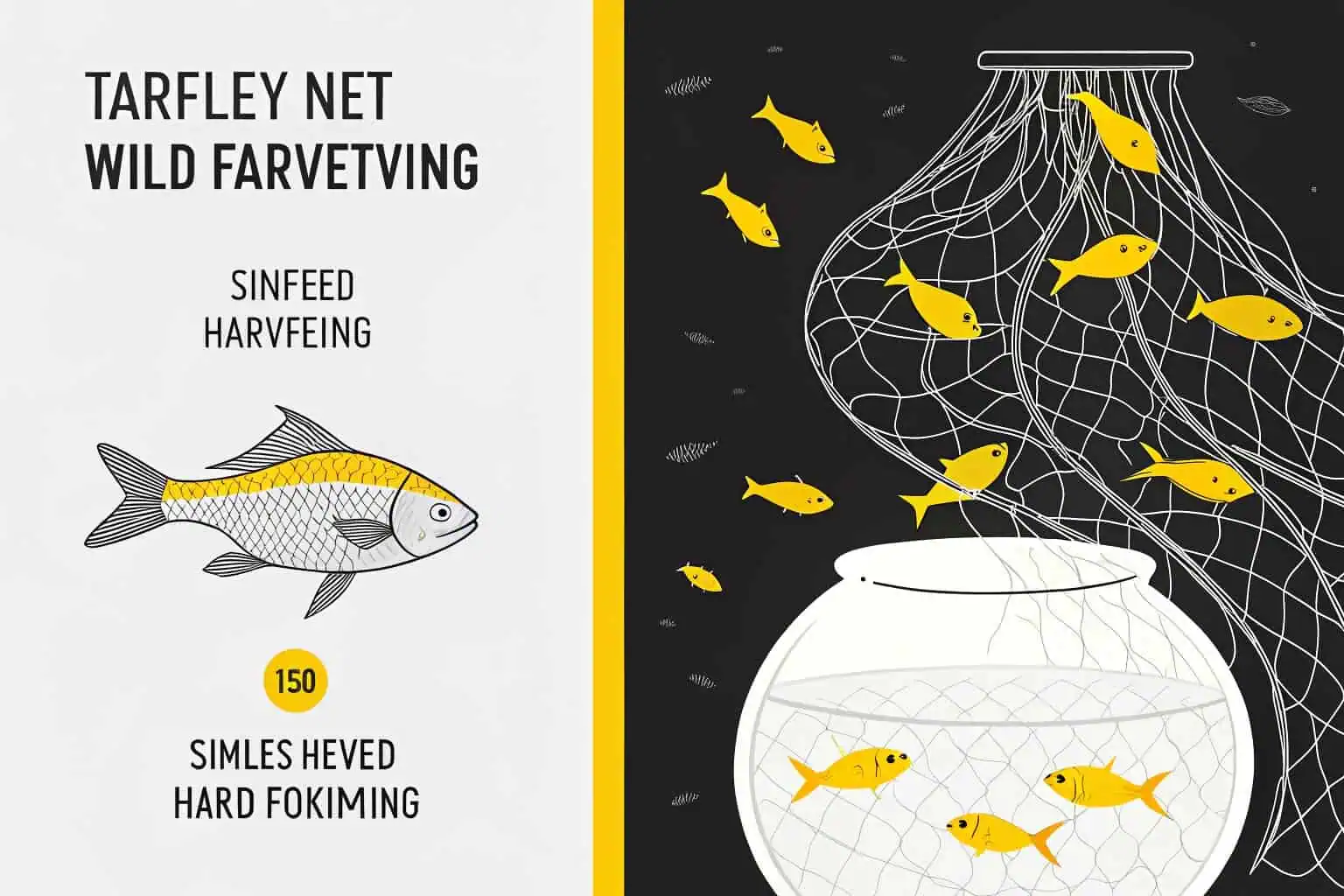
From my experience, the daily challenges in each field are worlds apart. In the fishing industry, my focus was on sustainability in the wild1. We tracked fish migration, monitored ecosystems, and worried about the impacts of climate change. It was a constant battle to ensure we weren't depleting the oceans. On the other hand, running a fish farm felt more like being a high-tech farmer2. I was in control of the environment, managing water quality, preventing diseases, and finding sustainable feed. While both aim to provide seafood, the skills and knowledge required are completely distinct. One relies on ecological wisdom and conservation, while the other leans on technology and controlled cultivation.
The Core Operational Difference
At its core, a fishery is an act of extraction. Fishermen go to where the fish are and use various techniques, like nets or lines, to catch them. Their success depends on the health of wild populations and their ability to locate them. A fish farm, however, is an act of production. We create the entire lifecycle, from hatching eggs to raising fish to market size. We are responsible for every aspect of their well-being.
| Aspect | Fishery | Fish Farm | My Personal Take |
|---|---|---|---|
| Nature | Act of extraction. | Act of production. | Fundamentally different approaches to acquiring fish. |
| Source | Wild fish populations.3 | Created lifecycle (eggs to market). | One relies on nature, the other creates its own. |
| Method | Nets, lines, etc. | Raising fish from hatching.4 | Different techniques based on the source. |
| Success | Depends on wild populations. | Depends on managing the lifecycle. | Success factors are entirely distinct. |
| Responsibility | Locating and catching fish. | Every aspect of fish well-being. | Farming involves a much higher level of control and responsibility. |
Economic and Environmental Perspectives
From an economic standpoint, fisheries can be unpredictable due to weather, regulations, and fluctuating fish stocks. Fish farming offers more stability and predictability in supply, which is why it's a rapidly growing industry. Environmentally, both have their challenges. Overfishing is a major threat to our oceans, which is a problem fisheries must address. Fish farming, if not managed properly, can lead to issues like water pollution and disease outbreaks. However, with modern technology like Recirculating Aquaculture Systems (RAS)5, we can now raise fish with minimal environmental impact.
What is considered a fishery?
Does the image of a lone fisherman on a boat come to mind when you hear the word "fishery"? That's part of the picture, but it's much broader than that, encompassing a complex system of people, places, and rules.
A fishery is a designated area or enterprise engaged in harvesting fish and other aquatic life from natural environments. It includes not just the fishing activity itself but also the people involved, the species being caught, the habitat, and the regulations that govern it.
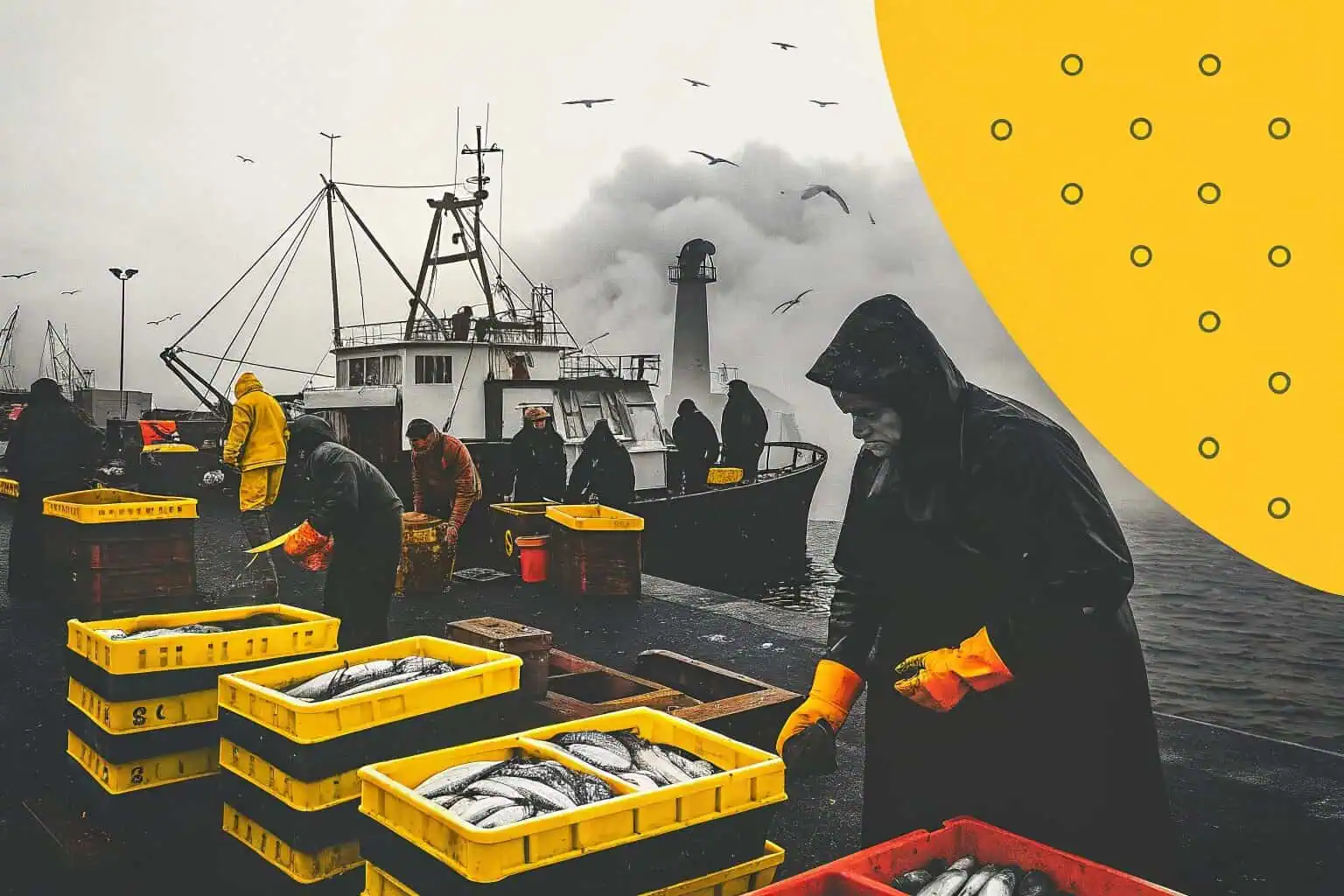
When I worked in fisheries management, I quickly learned it's not just about catching fish. It's a delicate balancing act. We had to consider the entire ecosystem. For example, catching too much of one species could impact its predators and prey, causing a ripple effect throughout the food web. We also had to work with local communities that depended on fishing for their livelihoods. It's a field where science, economics, and social dynamics all intersect. The goal is always to achieve a sustainable yield6, meaning we catch enough fish to be profitable without harming the long-term health of the fish population or the environment.
Types of Fisheries
Fisheries can be categorized in several ways. Here’s a simple breakdown:
| Category | Description | Examples |
|---|---|---|
| By Water Type | Based on the aquatic environment. | Marine (ocean), Freshwater (rivers, lakes)7 |
| By Scale | Based on the size of the operation. | Artisanal (small-scale, local), Industrial (large-scale, commercial) |
| By Purpose | Based on the reason for fishing. | Commercial (for profit)8, Recreational (for sport), Subsistence (for food) |
The Challenge of Sustainability
My biggest takeaway from working in fisheries is the constant pressure for sustainability9. We're trying to feed a growing global population, but our oceans are not limitless. This is why regulations like catch limits10, fishing seasons, and gear restrictions are so crucial. It's a global effort to ensure that future generations can also benefit from the ocean's bounty. It’s a responsibility that weighs heavily on everyone involved, from the person casting the net to the policymaker setting the rules.
What is considered a fish farm?
Ever seen those large, circular nets floating in the sea or rows of tanks on land? You were likely looking at a fish farm, a place where the ancient practice of farming meets modern technology.
A fish farm is a facility where fish are raised commercially in controlled or semi-controlled environments. These can range from land-based tanks and ponds to enclosures in open water like oceans or lakes. The primary goal is to produce fish for human consumption.
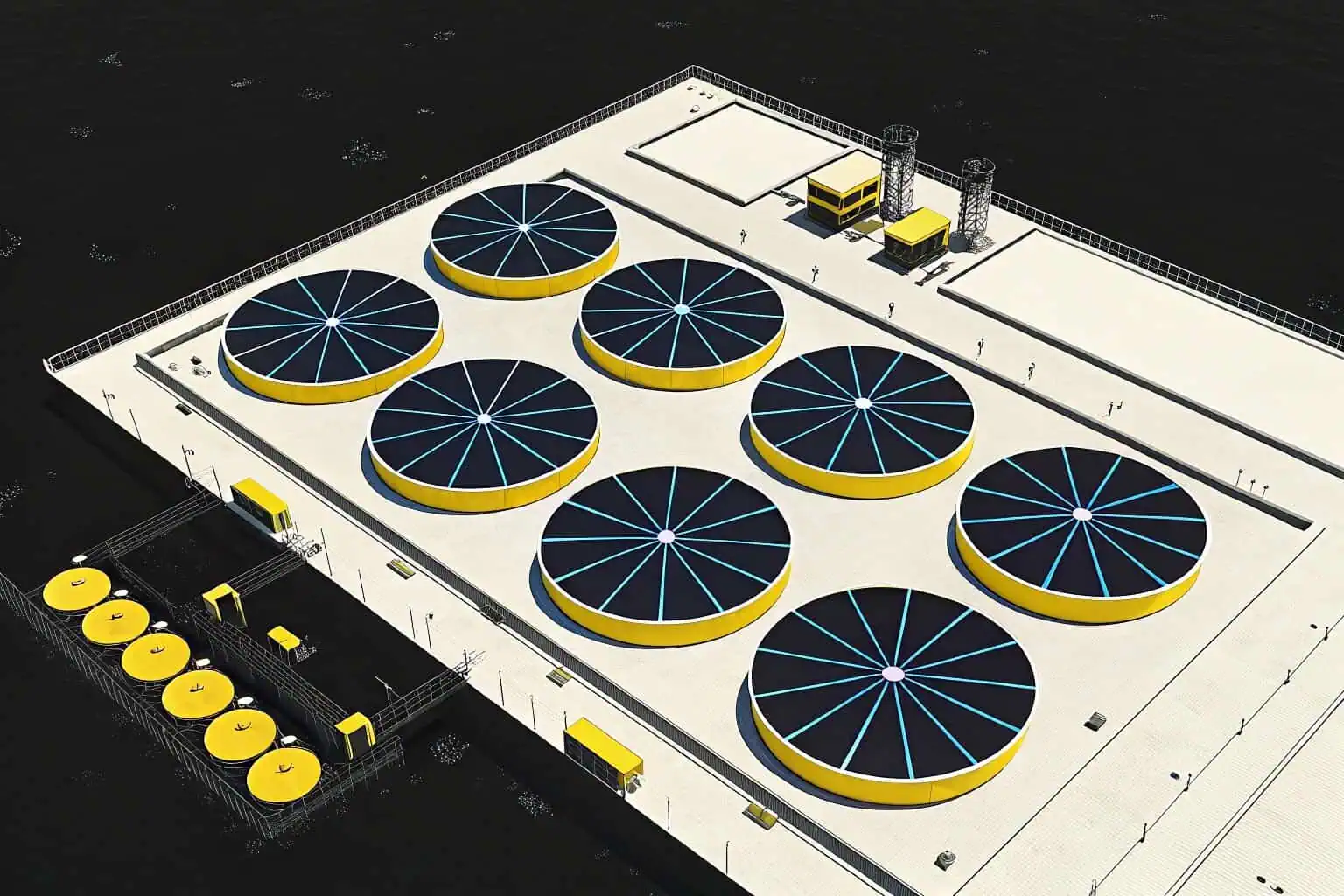
Transitioning to fish farming was a game-changer for me. Suddenly, I had control over variables that were left to chance in the wild. I could optimize water temperature, oxygen levels, and feeding schedules to help the fish thrive. It felt like I was a steward of a small, aquatic ecosystem. People often have this image of fish farming as being unnatural, but when done right, it can be a highly efficient and sustainable way to produce protein. I've seen firsthand how innovations like our collapsible fish tanks11, made with durable PVC liners and sturdy frames, can create flexible and reliable environments for aquaculture, whether for a large-scale commercial operation or a small family farm.
Common Fish Farming Systems
There are many ways to farm fish, each with its own pros and cons. Here are a few common systems:
| System | Description | Key Features |
|---|---|---|
| Open-Net Pens12 | Cages or nets placed in open water. | Uses natural water flow, lower infrastructure cost. |
| Ponds13 | Earthen or lined ponds on land. | Simple to construct, common for species like tilapia. |
| Raceways14 | Long, rectangular tanks with continuous water flow. | Allows for high-density farming, common for trout. |
| Recirculating Systems (RAS) | Land-based tanks that filter and reuse water. | High control, low water usage, minimal environmental impact. |
The Future is in Sustainable Farming
I get excited when I think about the future of fish farming15. We're constantly finding better ways to do things. For instance, at Bancy, we focus on providing high-quality, customizable solutions like our galvanized pipe and sheet fish tanks. These products are designed to be durable and corrosion-resistant, creating a dependable environment for fish. The industry is also making huge strides in developing sustainable feeds that reduce our reliance on wild-caught fish. It's a field full of innovation, and I believe it holds the key to meeting the world's growing demand for seafood responsibly.
What is the correct name for fish farming?
Is there a more official or scientific term for fish farming? If you're looking to sound like a pro or dive into the academic side of things, knowing the right terminology is key.
The correct and more comprehensive term for fish farming is aquaculture. While "fish farming" specifically refers to raising fish, aquaculture is a broader term that includes the cultivation of all aquatic organisms, such as fish, shellfish, and even algae.
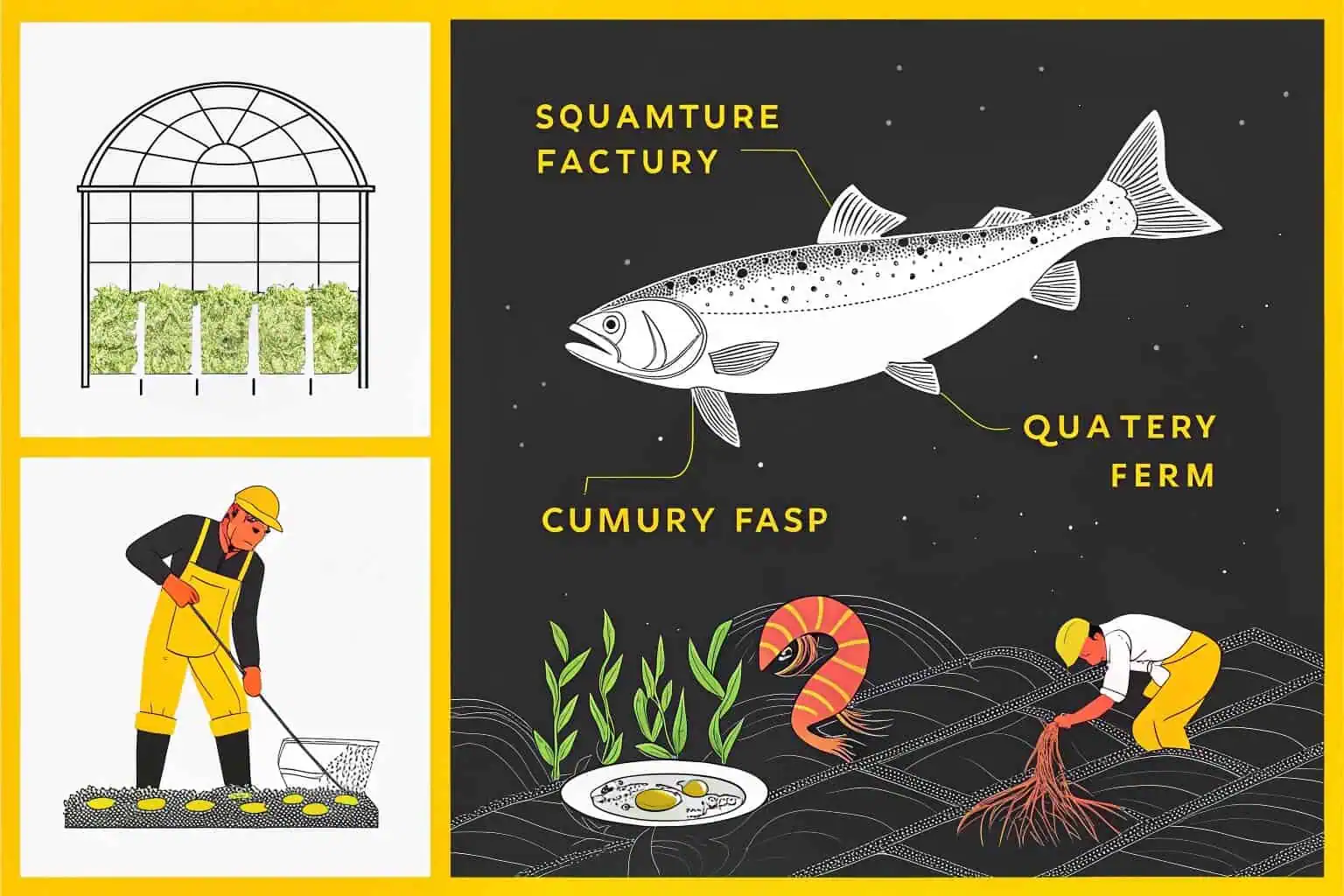
When I first entered this field, I used the term "fish farming" exclusively. But as I got deeper into the industry, I realized how much bigger it was. I met people who were farming oysters, mussels, and even seaweed. That's when the term "aquaculture16" really clicked for me. It represents a whole universe of aquatic agriculture. Using the term aquaculture shows a deeper understanding of the industry and its diversity. It acknowledges that we're not just farming fish; we're cultivating a wide range of aquatic resources to help feed the planet and create sustainable products.
Why the Distinction Matters
Using the term aquaculture is important because it accurately reflects the scope of the industry. It's not just about salmon in a pen; it's about a global effort to farm the waters. This includes everything from shrimp ponds in Southeast Asia to oyster beds in North America. This distinction is crucial for policymakers, investors, and consumers to understand the full potential and impact of this growing sector. It helps us have more informed conversations about food security17 and environmental sustainability.
My Role in the Aquaculture World
As a provider of aquaculture equipment, I see myself as part of this larger movement. Our products, like the collapsible plastic fish tanks18, are designed to support a wide range of aquaculture activities19. They are lightweight, easy to set up, and durable, making them suitable for various species and environments. By providing reliable tools, we help farmers, whether they are raising fish or other aquatic life, to operate more efficiently and sustainably. It's rewarding to know that we're contributing to an industry that is so vital for our future.
Conclusion
In short, a fishery harvests wild fish, while a fish farm, or aquaculture, cultivates them. Both are essential for our global food supply but face unique challenges in sustainability.
-
Explore this link to understand effective strategies for sustainable fishing that protect marine ecosystems. ↩
-
Discover how technology transforms fish farming into a high-tech industry, enhancing efficiency and sustainability. ↩
-
Understanding wild fish populations is crucial for sustainable fishing practices and conservation efforts. ↩
-
Exploring fish raising techniques can enhance knowledge on sustainable aquaculture practices. ↩
-
Learn about RAS technology and its role in minimizing environmental impact in fish farming. ↩
-
Understanding sustainable yield is crucial for balancing profitability and environmental health in fisheries. ↩
-
Explore this link to learn effective techniques and regulations for sustainable freshwater fishing. ↩
-
Discover insights into the commercial fishing industry, including market trends and challenges. ↩
-
Exploring this link will provide insights into effective sustainability practices crucial for the future of fisheries. ↩
-
Understanding the role of catch limits can help you grasp their importance in maintaining healthy fish populations. ↩
-
Learn how collapsible fish tanks enhance flexibility and reliability in fish farming operations. ↩
-
Explore the advantages of Open-Net Pens, including cost efficiency and natural water flow, to enhance your aquaculture knowledge. ↩
-
Explore this link to understand how ponds can enhance aquaculture efficiency and sustainability. ↩
-
Explore this link to understand how raceways enhance fish farming efficiency and sustainability. ↩
-
Explore this link to discover innovative practices and technologies shaping the future of fish farming. ↩
-
Exploring this link will deepen your understanding of aquaculture's role in sustainability and food production. ↩
-
This resource will help you understand the critical connection between aquaculture and ensuring a stable food supply for the future. ↩
-
Explore this link to understand how collapsible plastic fish tanks can enhance aquaculture efficiency and sustainability. ↩
-
Discover the latest trends in aquaculture activities to stay informed and improve your practices. ↩